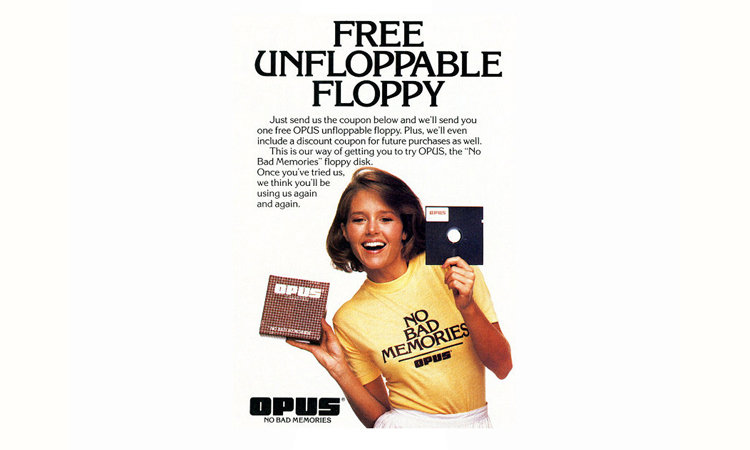
Fun fact: it’s not just products that could end up being useless thanks to technology.
The World Economic Forum has warned that technological advances could lead to a net loss of over seven million jobs in 15 countries by 2020.
A technology company in China has already replaced 90 percent of its workforce with robots and seen a rise in productivity. The 60 or so people that are left at the company are there to maintain the robots.
With all that said, and more job cuts on the horizon likely, why are these five products still kicking about?

1. Records
The invention of digital music means records should be obsolete – and for a while it looked like it was heading that way – but there’s since been a resurgence. According to Billboard, vinyl sales were up 30 percent to 11.92 million sold in the US. Adele’s latest album, 25, was top of the vinyl charts with 116,000 albums sold. In the UK, vinyl sales grew 64 percent to 2.1 million. Retailer HMV said it sold a turntable every minute over Christmas, while Amazon sold more turntables than any other home audio product in this past holiday season. In New Zealand, Radioscope said revenue from vinyl sales grew 116 percent to $1 million in 2015. The demand for vinyl has reached the point where there isn’t enough infrastructure to produce it. According to data collected by the owner of the world’s largest pressing plant, Tom Vermeulen, there are only 50 pressing plants worldwide. New Zealand band Fat Freddy’s Drop spoke of how hard it is to get vinyl made in this interview last year. “Making vinyl has become quite difficult now because they got rid of so many pressing plants 15-20 years ago. So the queues to get pressed are really long. It takes about three months to produce vinyl at the moment,” manager Nicole Duckworth said.

2. Phone boxes
Ever since carrying a mobile phone on your person 24/7 became a thing, phone boxes became kind of redundant (unless you committed a crime and needed to anonymously call someone). Why would you fork out a couple of coins to call home, when you could just flick your mum a text? To solve this issue and bring phoneboxes forward into the modern age, in 2014 Spark (then Telecom) turned over 1000 of their phoneboxes into free wifi zones, giving users 1GB of data a day. Elsewhere in the world, Madrid, Spain, is trialling converting 30 former telephone boxes into charging points for electronic cars.

3. Brick phones
The brick phone and its snake game should have died a fiery death years ago since Apple and Samsung came on the scene, yet somehow it’s stuck around. Anna Wintour was spotted with a flip phone in 2014, while Adele whipped one out in her ‘Hello’ music video. As reported in Stuff, even a 22-year old (shock, horror) traded in an iPhone 5 for a Nokia 208 last year, as he was sick of being preoccupied by his smartphone. “I was finding myself trapped by endless scrolling on my phone,” he says. “When you’ve got a simpler phone you become more liberated by the fact you don’t have something consuming you all the time. You kind of forget about your phone sometimes.” Demand for the bricks is high, to the point where some models of Nokias, Ericssons and Motorolas fetch up to $1000 online. Another company called Binatone has cashed in on this trend and has created a new-age replica of the old brick that includes one to three months of battery and the Snake game.

4. Business cards
Now that the internet, emails and the equally loved and hated networking site LinkedIn exist, business cards are considered a waste of effort and paper by many. But according to a survey from Designcrowd.com, 87 percent of Americans still hand out business cards at networking events, meetings and conferences. Its CEO reckons they’re still relevant, they just have additional information on them now. “Business cards no longer just have your job title, phone number, address and email,” founder and CEO of DesignCrowd Alec Lynch said. “More [people] are including their website, Twitter handle and even QR code.” Felicia Tsung on Entrepreneur.com asserts that business cards have now become an extension of a company’s brand. “In face-to-face meetings or interviews, business cards are often the first time a client or employer are exposed to your brand. It’s vital for them to make the right impression.”

5. Film cameras and instant cameras
Digital cameras and mobile phones should’ve made the film camera industry crash and burn, but at the recent Consumer Electronics Show (CES) 2016 event in Las Vegas, old-school technology was back in fashion. One of the most exciting reveals was Kodak’s Super 8 film camera (pictured above) which uses physical 8mm film cartridges – a technology that was created ages ago. The company hopes it will revive a niche part of the market, much like vinyl records have done. This would follow the success of Fujifilm’s instant camera, Instax. Despite operating in the digital age, the company has had digital camera sales level off and sales of its instant film and cameras climb year-on-year, with 1.03 million cameras sold in the first quarter of 2014. Side note: A trend that’s come out of this is young people taking pictures of physical polaroid pictures and posting them on social media, which seems like a pointless exercise.
This article originally appeared on The Register.



